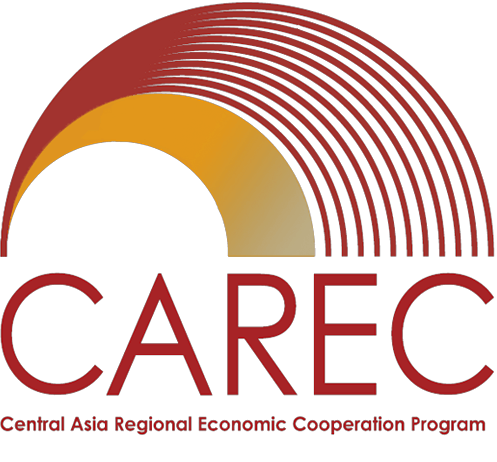Georgia Livable Cities Investment Program (LCIP) for Balanced Development
Summary
Georgia is located at the crossroads of Europe and Asia, rich in natural resources and cultural heritage. Despite these comparative advantages, the country needs to overcome substantial infrastructure, urban services, and capacity gaps to unlock its economic growth potential. Although Georgia is an upper middle-income country, 20.1% of the population still lives below the poverty line. Economic growth has been unevenly distributed between Tbilisi and the regions. Georgia has a population of 3.7 million people (of which 1.9 million are women), with about 59% living in urban areas. More than 30% of the population lives in Tbilisi, which accounted for 52% of the country's gross domestic product (GDP) in 2019. The total population of Georgia has been declining steadily from 4.12 million in 2000 to 3.72 million in 2020. The population in Tbilisi increased from 1,100,000 to 1,184,800 from 2010 to 2020, while the populations declined during the same period in the regions - from 369,800 to 310,000 in Kakheti, and from 413,200 to 311,100 in Samegrelo-Zemo Svaneti. The reverse demographic highlights issues such as out-migration, limited job opportunities, and poor quality of life in the regions.
Expected Outcome
Livability and inclusive economic activity in Georgia improved.
Expected Outputs
- Inclusive and climate-resilient urban infrastructure rehabilitated and constructed and services improved.
- Accessibility, connectivity, and mobility in tourism clusters across Georgia improved.
- Institutional capacity for sustainable urban and regional development enhanced.
Project Types
Loan
Funding
| Funding Agency | Amount (USD millions) | Notes |
|---|---|---|
| Asian Development Bank | 119.9 | |
| CAREC Governments | 60.6 | |
| Total | 180.5 |
